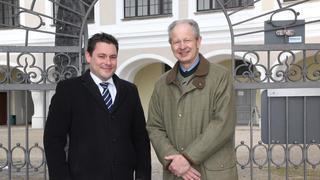Baronial line extinct; inherited by Aulendorf Area 160 km² | Government Principality Established 1192 1806 160 km² (62 sq mi) Founded 1192 | |
 | ||
Ko nigsegg invasion in z rich 2017 agera rs ml prototype ccx singer porsche 911 start up and more
Königsegg was a German statelet in the southeastern part of the present State of Baden-Württemberg, Germany.
Contents
- Ko nigsegg invasion in z rich 2017 agera rs ml prototype ccx singer porsche 911 start up and more
- History
- Geography
- References
History
Königsegg emerged in 1192 as a Lordship, and was raised to a Barony in 1470. It was partitioned between itself, Königsegg-Aulendorf and Königsegg-Rothenfels in 1622, and was inherited by Königsegg-Aulendorf in 1663 with the extinction of the line.
In 1629, Königsegg was raised to an imperial estate and became a member of the College of the Counts of Swabia at the Reichstag. In 1804, Königsegg sold Rothenfels to Austria. In 1806, the Rheinbundakte mediatized the County of Königsegg to the Kingdom of Württemberg.
The Counts of Königsegg are still today residing at Königseggwald Castle, Swabia, and Halbturn Castle, Austria.
Geography
Königsegg was named after Königsegg Castle, located in Königsegg, today part of Guggenhausen. As of 1806, Königsegg consisted of two isolated parts, one around Königsegg, and one around Aulendorf. The county had no cities; its capital was Aulendorf. It was bordered by the County of Scheer, the Mainau Commandry of the Teutonic Order, the Abbacy of Weingarten, Fürstenberg, the Abbacy of Schussenried, the County of Waldburg and Austria. In 1806, Königsegg had an area of about 160 km2 (62 sq mi) and a population of 3000.
